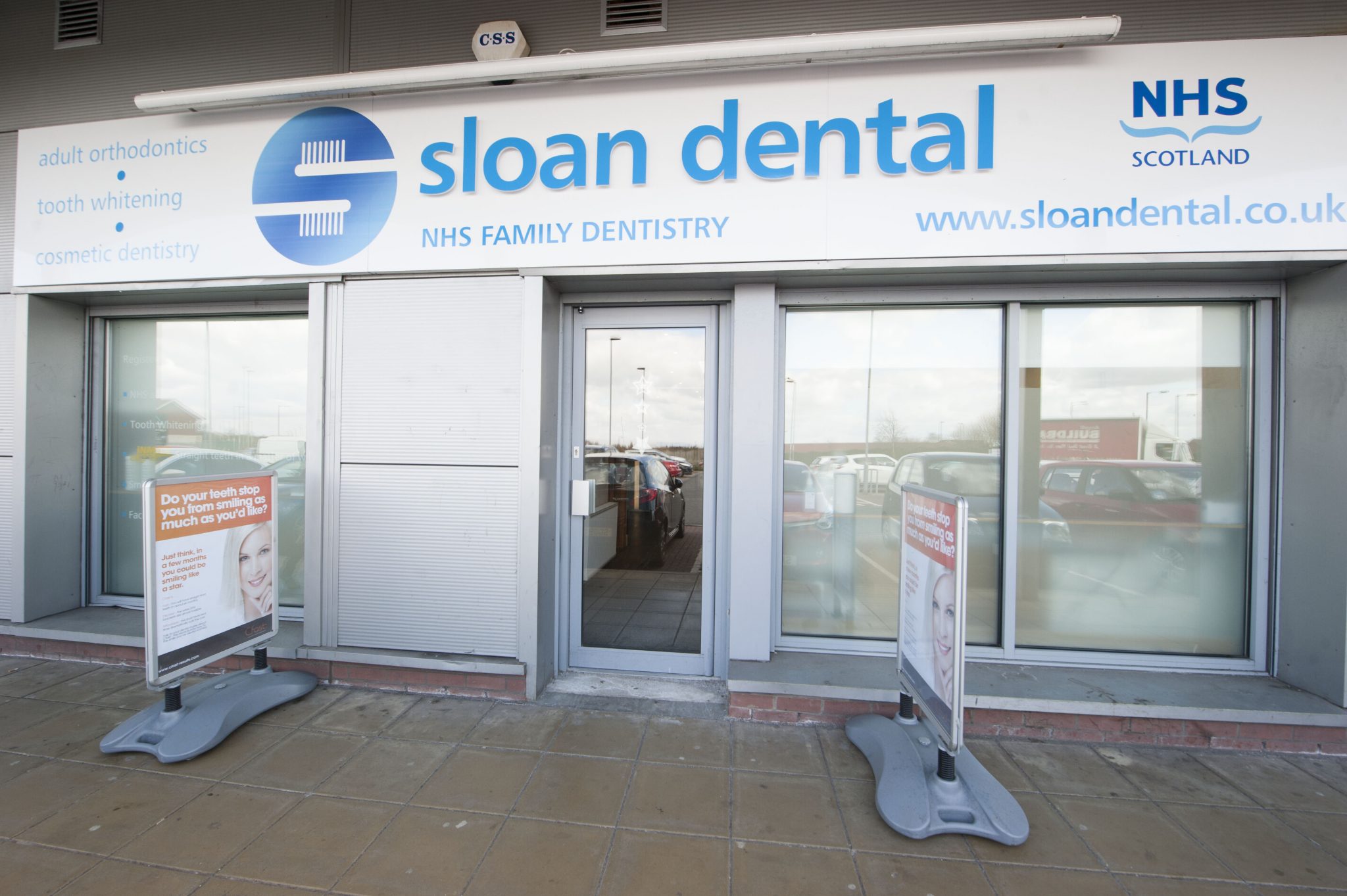An overbite occurs when the upper teeth extend past the lower teeth or when the lower jaw is smaller than the upper jaw. An underbite occurs when the lower teeth extend past the upper teeth or when the upper jaw is smaller than the lower jaw.
Why does this matter?
If your teeth don’t meet correctly, you could experience lots of problems throughout your life. For example, you might find it harder to chew, you could have speech problems, and it can also change your facial structure.
An orthodontist can diagnose what type of bite problem you have. They will then recommend treatment which may include braces. It’s a common misconception that only fixed metal braces can deal with overbite and underbite. This isn’t the case, and you could also choose from clear solutions such as Invisalign.
How do I know if I have an underbite or overbite?
To find out if you have an overbite or underbite, start by closing your mouth without clenching your jaw. This is the natural position of your teeth. If you clench your jaw, it will change the alignment. Next, grab a mirror. Move your lips out of the way and try to see if the top teeth are hanging far above your bottom teeth.
You can also use your finger. The gap between your upper and lower teeth should be very small, so if you can fit your fingertip between the gap, you may have an overbite.
And finally, you can check with your tongue. With your teeth together, run your tongue over your back molars. Can you feel them touching, or is there a gap? Most people have a slight overbite, so your dentist would only intervene if it is more severe.
How does an overbite or underbite affect the body?
Problems with your jaw alignment can lead to issues with chewing, speech, breathing and oral health. This can put additional pressure on your teeth and cause abnormal wear, leading to gum disease, tooth decay and cavities. In addition, you might have jaw pain and headaches that cannot be explained.
Does my over or underbite need to be corrected?
This all depends on the severity of the problem. Orthodontic treatment can improve the alignment of your teeth and make your teeth work better together. Your dentist or orthodontist can help you decide if treatment is needed.
All overbites and underbites are known as malocclusions. And there are three categories of malocclusions. Type one is when a normal bite has a slight overlap of the upper teeth. Type two is a severe overbite. And type three is a severe underbite. Treatment options will vary depending on the cause of the malocclusion and the age of the patient.
How is an overbite or underbite corrected?
Orthodontics is a type of treatment that changes how your teeth are positioned in your mouth. Orthodontists will work with you on this process to straighten your teeth, remove any excess spaces between them, and help correct an overbite or underbite.
The idea behind the orthodontic treatment is to improve the alignment of teeth and the way the top and bottom teeth work together. Gentle forces are applied to the teeth over time, allowing them to be slowly pushed into the correct position.
If the moment happens too quickly, treatment would be very painful and potentially damaging. So instead, the treatment is completed slowly to help move your teeth into the ideal alignment.
In more extreme cases, surgery may be required to change the relationship between your upper and lower jaw. And in some cases, addressing overcrowding in the mouth by removing teeth can help correct the issue.
Can Invisalign correct an overbite or underbite?
Absolutely! Clear braces are an ideal solution for adults and teens who want to correct their bite without letting the whole world know about it. Instead of brackets and wires, this type of aligner system uses clear plastic aligners to apply pressure to your teeth.
You change your aligners every few weeks, and every aligner change brings you a little bit closer to your perfect smile. In addition, your dentist may add attachments to your teeth to ensure your aligners can get a good grip and manoeuvre the teeth correctly.
If you’re interested in learning more about orthodontic treatments with Sloan Dental, get in touch with our team today!



